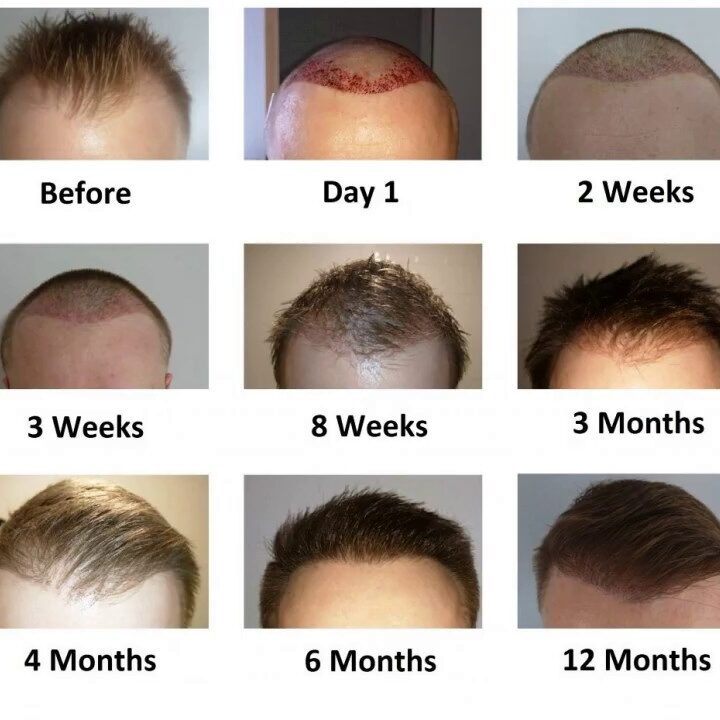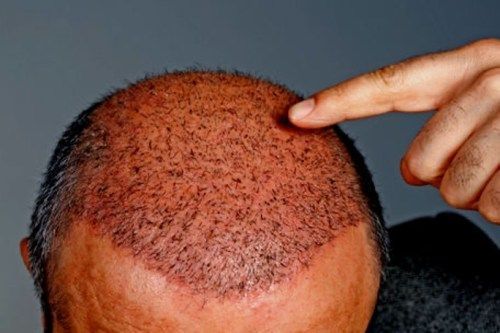Experiencing redness after a hair transplant is completely normal, but it can cause concern if you’re unsure what to expect.
This post-transplant redness results from your scalp’s natural healing process. In this article, you’ll learn what causes hair transplant redness, how long it lasts, and how to manage it effectively.
We’ll also provide expert-backed recovery tips to help reduce inflammation, avoid complications, and ensure your transplant results stay on track.
Understanding Post-Transplant Redness
Why Does Redness Occur After a Hair Transplant?
Hair transplant redness is a natural response to microtrauma caused by follicle implantation. The scalp reacts with localized inflammation, which brings increased blood flow to the area—this helps with healing.
Other contributing factors include:
- Tiny incisions are made during Follicular Unit Extraction (FUE) or Follicular Unit Transplantation (FUT).
- Stimulation of the immune system to protect and repair the affected skin.
- Mild irritation from antiseptics or post-surgical products.
Is Redness a Sign of Complications?
Usually, redness is a positive sign of healing. However, it’s essential to recognize when it might indicate something more serious:
- Normal: Pink or red skin with minor scabbing or dryness.
- Concerning: Redness that worsens after 2–3 weeks, accompanied by pain, swelling, pus, or fever.
✅ Pro Tip: Always follow your surgeon’s aftercare instructions closely to distinguish between normal and abnormal signs.
Typical Redness Timeline Post-Hair Transplant
First Week (Days 1–7)
- Redness is most intense during this phase.
- Some swelling and scabbing may appear.
- The scalp might feel tight or itchy.
Second Week (Days 8–14)
- Redness begins to fade gradually.
- Scabs start falling off naturally—avoid scratching or picking.
Weeks 3–4
- The majority of patients see a significant reduction in redness.
- A faint pink hue may remain, especially in people with fair or sensitive skin.
Beyond One Month
- Some individuals, especially with lighter complexions, may have residual redness for 4–8 weeks.
- Redness persisting beyond this may require a dermatologist’s review.

Factors Influencing Redness Duration
Skin Type and Tone
- Lighter and more sensitive skin types tend to retain redness longer.
- Melanin-rich skin often shows less visible redness but may experience other pigment changes.
Surgical Technique Used
- FUE: Minimally invasive; generally causes less redness and quicker recovery.
- FUT: May lead to longer-lasting redness due to larger incisions and a linear scar.
Individual Healing Response
- Younger, healthy individuals with no chronic conditions heal faster.
- Smoking, diabetes, or immune-related conditions may delay recovery.
Effective Strategies to Reduce Redness
Follow Post-Operative Care Instructions
- Gently wash the scalp as directed using sterile saline or medicated shampoo.
- Avoid applying unauthorized creams or ointments.
Avoid Direct Sun Exposure
- UV rays can worsen redness and delay healing.
- Wear a loose-fitting hat or apply SPF (once approved by your surgeon).
Stay Hydrated and Maintain a Healthy Diet
- Eat anti-inflammatory foods: leafy greens, berries, and omega-3 rich fish.
- Stay hydrated to improve skin repair.
Refrain from Smoking and Alcohol
- Both reduce blood flow and oxygen delivery, leading to slower recovery and prolonged redness.
✅ Expert Tip from Dr. Rana Irfan: “The first month post-surgery is critical. Proper care and sun protection during this period greatly reduce the risk of persistent redness.”
When to Seek Medical Attention
Signs of Infection
- Warning signs: Spreading redness, increased warmth, pain, or pus.
- May indicate bacterial infection needing antibiotics.
Allergic Reactions
- If you notice itching, rashes, or inflammation not improving, consult your doctor.
- It could be a response to topical products or medications.
Persistent Redness Beyond 4 Weeks
- Redness that does not fade or worsen after the first month needs evaluation by your hair transplant specialist.

Expert Recovery Tips
Cold Compress Application
- Apply gentle, cool compresses for short periods (never ice directly).
- Helps calm inflammation in the first few days.
Sleep with Head Elevated
- Keep your head raised with two pillows to reduce swelling and redness.
Avoid Strenuous Activities
- Exercise increases blood flow to the scalp and may prolong redness.
- Wait at least 10–14 days before light activity, and 1 month for intense workouts.
FAQs on Hair Transplant Redness
How Long Does Redness Last?
Typically, 2–4 weeks. It may take longer for those with sensitive or fair skin.
Can I Use Over-the-Counter Creams?
Only under your surgeon’s approval. Some creams may contain ingredients that irritate the healing skin.
Is Redness Different Between FUE and FUT?
Yes. FUE generally causes less visible redness, while FUT may involve redness along the incision line.
Consult Our Experts in Islamabad
Concerned about your recovery or noticing prolonged redness? Our experienced specialists at Hair Restoration Clinic, Islamabad, are here to guide your healing journey.
Book a consultation with Dr. Rana Irfan in Islamabad today to ensure a smooth and successful recovery after your hair transplant. Let our experts help you regain confidence with optimal care.
